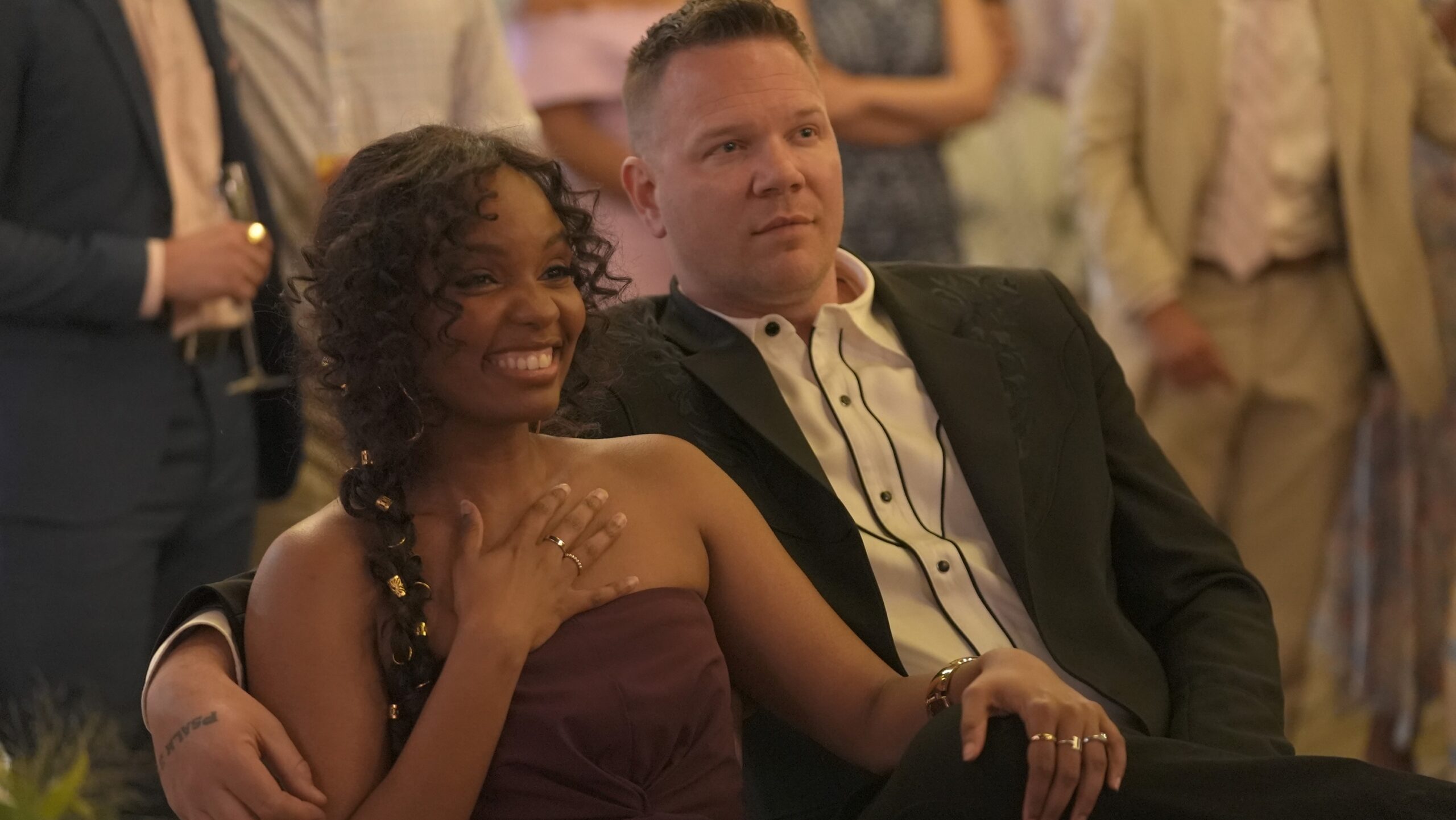We’ve all got that one friend who tells us the vessel our drinks come in serves no purpose other than to hold our chosen beverages and then educate anyone within earshot that bartenders overcharge us for their overly intricate glassware. Call us pretentious, but the fact remains that each glass was designed for very specific reasons and each meant to work with different types of drinks. In this article, we’ll go over some of the glassware that bartenders have stocked and explore the nuances of their design and the drinks typically served in them.
Martini Glass

The martini was made famous by James Bond’s “shaken, not stirred”, and the unmistakable, stemmed conical vessel it comes in. It is typically used for drinks between 3 to 6 oz that are served chilled without ice. There are several reasons why it was designed the way it was. First off, the long stem allows drinkers a way to hold onto the glass without unintentionally warming up the drink with their hands. Secondly, the wider mouth also allows the drink to be imbibed faster. Fun fact, the number of olives in a martini traditionally denotes how many draughts it should take to finish it. Finally, it’s often used in more formal social gatherings where conversations are more civil and quieter. Because of the wide opening, the drinker who’s holding a martini glass is less likely to be gesturing wildly for fear of spilling its contents. In addition, the wide surface area acts as a blank canvas for glassmakers to add their own unique visual touches. It’s commonly used to hold drinks like the martini, cosmopolitan, and Manhattan.
Collins Glass
Also known as a highball glass, these types of glass range from 8 to 16 oz in volume and are typically used to serve tall mixed drinks consisting of an alcohol topped with juice or soda, or in the case of a Ramos gin fizz, egg foam. Its more towering structure also allows more ice to be added, keeping the drink colder for a longer period. As with the martini glass, drinks served in a Collins glass don’t typically have much of an aromatic component and are all about the flavour. Notable examples are the whisky highball and Tom Collins for which the vessel is named.
Coupe Glass

This shallow, open-mouthed glass has an interesting origin story. According to the French, the shape of the coupe glass was allegedly modelled after Marie Antoinette’s, the queen consort of King Louis XVI, breast. It is also known as a champagne saucer. As the name implies, it was the original champagne glass, holding around 6 to 8 oz of bubbly. It was easier to hold and toast with its round bowl without fear of spilling its contents. Apart from champagne, the vintage aesthetic of a coupe glass adds a touch of old-school class to drinks like the daiquiri, which call for a floating slice of fruit as a garnish.
Tumbler

Also known as an old-fashioned glass or rocks glass, the tumbler is synonymous with the image of a sophisticated gentleman, seated in an antique leather armchair, with a glass of whisky in one hand and a cigar in the other. The thick bottomed vessel is typically used to serve a pour of whisky neat or on the rocks, but can also be used for other spirits. Its broad base allows for ice to be added and the drink to be stirred without excessive dilution. In addition, it is also ideal for cocktails like the old-fashioned, where the ingredients are mixed directly in the glass.
Glencairn Glass

Designed by renowned whisky experts and distillers, the tulip-shaped glass was specifically developed to enhance the experience of drinking your favourite spirits. When using a tumbler, the wide mouth means that much of the drink’s aroma is lost when it is poured. The Glencairn glass’ wide base and narrow mouth prevents the aromatic compounds from escaping too quickly, and directs them to your nose, bringing out the subtleties of your chosen spirit. It’s also worth noting that our senses of smell and taste are closely linked, so if you’re planning to go bottoms up with one of these glasses, we’d advise against it.
Wine Glasses
We’re willing to bet that most of you didn’t know that red and white wines call for different types of glasses. In general, lighter white wines are served in vessels with a taller, narrower bowl, with a wider mouth. In contrast, red wine glasses have a smaller, rounder bowl and a tapered rim. The reason behind these differing designs boils down to the specific attributes of each wine. Reds generally are more full-bodied and have more complex aromas. Therefore, the rounder bowl allows the legs to be more readily appreciated and the narrow mouth enhances the aromatic experience. Additionally, wine glasses are perfect for holding iced, wine-based cocktails like the heavily garnished sangria, as the stems help prevent the transfer of body heat.
Snifter Glass
This looks like the red wine glass but with a shorter stem. With its large bowl and tapered mouth, the snifter is functionally similar to the regular wine glass except for a crucial difference. While a wine glass’ stem is meant to prevent the drink from getting warm, the snifter’s shorter stem encourages users to place their hands on the bowl’s base to warm up their beverage, usually brandy. This allows for greater evaporation of the spirit, which helps open up its aroma further. Apart from brandies, snifter glasses are ideal for any aromatic drinks where cold temperatures aren’t a big concern. Great examples include the B&B cocktail, and more recently, certain styles of beer, especially, porters, stouts, and ales.
These are just some of the more common examples in the world of bar glassware. Apart from these quirkily versatile vessels, there are several more specialised glasses such as margarita, cordial, and shot glasses. The myriad of specially designed vessels popping up in the craft beer scene would take up an entire article on their own. The best way to learn about these functional pieces of art is to head down to your local watering hole and have yourself a good time. Hopefully, we’ve given you some food (drinks?) for thought which will help enhance your future boozy adventures.
For more alcohol reads, click here.












